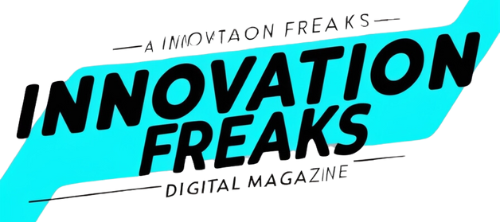The intersection of blockchain technology and intellectual property rights is reshaping the landscape of innovation. With the advent of blockchain, creators and inventors can protect their intellectual property more effectively than ever before, fostering an environment ripe for innovation.
The Essence of Intellectual Property in Innovation
Understanding intellectual property rights is fundamental to appreciating how blockchain is driving change in this realm. Intellectual property includes patents, copyrights, trademarks, and trade secrets that protect the interests of creators. As innovation accelerates globally, so does the need for robust protection of innovative ideas. Blockchain technology enhances transparency and accountability in IP management by providing an immutable record of ownership. This level of assurance significantly reduces the risk of piracy and infringement, allowing innovators to focus on their creations rather than on potential legal battles.
Blockchain’s Role in IP Registration
Traditional methods of IP registration are often slow, cumbersome, and inaccessible to many creators. Blockchain streamlines the process of registering intellectual property, enabling instantaneous transactions and verification of ownership. Smart contracts on blockchain platforms can automatically execute IP transfers when predefined conditions are met, minimizing the need for intermediaries. This revolutionary approach not only speeds up the registration process but also lowers costs, making it more feasible for startups and independent creators to secure their innovations.
Decentralization of Intellectual Property Management
The decentralized nature of blockchain technology redefines how intellectual property is managed. Instead of relying on a central authority, control and ownership are distributed among users. This decentralization empowers creators and incentivizes innovation by allowing them to monetize their work directly. With blockchain, creators can set their licensing terms, granting access to their intellectual property while retaining ownership and control. This model encourages collaboration and the sharing of resources, fostering a more innovative ecosystem.
Enhancing Enforcement of Intellectual Property Rights
Enforcing intellectual property rights has historically been a challenge due to the complexities of tracking and proving ownership across multiple jurisdictions. Blockchain provides a clear, verifiable chain of ownership, making it easier to prosecute cases of infringement. By documenting each transaction related to an intellectual property asset, blockchain creates a robust proof of ownership that can withstand legal scrutiny. This enhanced enforcement not only protects creators but also reassures investors, stimulating further innovation.
Case Studies of Blockchain in Intellectual Property
Numerous organizations are already leveraging blockchain to tackle IP challenges. For instance, companies like Everledger are using blockchain to provide a secure and tamper-proof record of ownership for luxury goods and diamonds. This application not only safeguards the intellectual property associated with these products but also builds consumer trust by ensuring authenticity. Similarly, initiatives in the music industry are harnessing blockchain to protect copyrights and streamline royalty payments, demonstrating its potential across various sectors.
The Future of Intellectual Property Rights and Blockchain
Looking ahead, the synergy between blockchain technology and intellectual property rights suggests a transformative future. As regulatory frameworks evolve to accommodate blockchain, we may witness a significant shift in how innovation is founded, owned, and monetized. The combination of strong protection, decentralized management, and decisive enforcement will likely encourage more creators to explore and push the boundaries of their fields. The result could be a surge in unprecedented innovations that not only advance technology but also enrich cultural and societal landscapes.
Disclaimer: The information provided in this article is for informational purposes only and should not be considered legal advice regarding intellectual property rights.





















